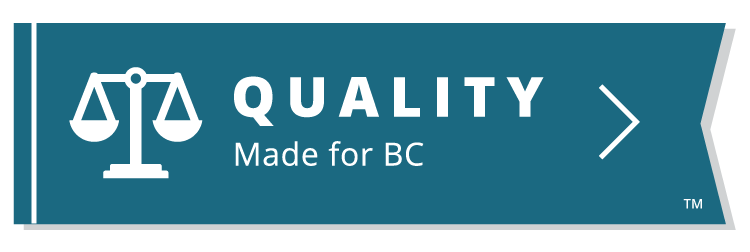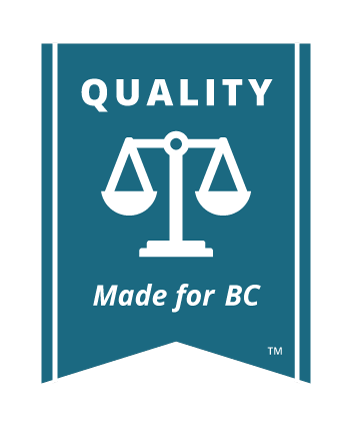Rule 7-1 sets out the requirements for discovery and inspection of documents. It allows you to get access to the documents of the other party that are relevant to your case and requires you to allow the other parties to see your relevant documents.

Read the Rules
Rule 7-1 Discovery and Inspection of Documents

Key Terms
A “document” for the purpose of a list of documents is not just a piece of paper. Rather, just about anything that stores information can be a document.
Rule 1-1 sets out the definition of “document.” The definition is quite broad, and includes photographs, films, sound recordings, any record of a permanent or semi-permanent character, or any information recorded or stored by any means of any device.
When you’re looking for documents, make sure you think of disks, tapes, and computer files, as well as photographs and films. Importantly, emails are “documents”. You will have to consider whether you have emails relevant to the case.
Document Retention
Once you expect litigation may occur, you cannot destroy documents that are relevant to that litigation. This means that you cannot shred or recycle important documents, delete emails, erase recordings, etc. Rather, you have an obligation to retain the relevant documents.
Which Documents Must Be Disclosed?
To begin the discovery of documents process, you must prepare a list of documents in Form 22.

Find the Form
Form 22 List of documents
Generally, there are two types of documents that have to be listed and disclosed:
- Documents that are or have been in your possession or control that could prove or disprove a “material fact” or
- Any other document you intend to refer to at trial

Key Terms
A “material fact” is a fact that is relevant to the claim or a defence to a claim.
The “material facts” in litigation are those facts relevant to the cases as described in the pleadings (the notice of civil claim, response to civil claim, any counterclaim, any third party claim, and the reply)
You have to list things that help or hurt your case. You do not get to choose not to list a document because it is harmful to your position.
Preparing a List of Documents
Once you have decided which documents need to be disclosed, you must list the documents on Form 22. The list must then be served on all other parties within 35 days after the end of the pleading period (e.g. when the notice of claim, response, counterclaim, reply, and any amendments are completed). However, quite often the parties agree to extend this period, as assembling documents can take a long time. Further, your obligation to produce documents is ongoing. If you find a relevant document after you have prepared a list, you need to prepare an amended list that includes that document.
Parts of Form 22
Part 1: Includes all documents that are or have been in your possession or control and that could be used by any party at trial to prove or disprove a material fact.
For example: 1.1 15 September 2008, contract of employment between XYZ Company and John Brown. (Then check the box if the document is no longer in your possession or control.)
Part 2: Includes all other documents (if any) that you intend to refer to at trial. For example, these may be documents that you know exist but that were never in your possession or control.
Part 3: Some of your documents may be “privileged” and that means that the other party is not entitled to see them. For example, communications between a lawyer and his or her client are privileged. If you consulted with a lawyer about your case and received a letter from the lawyer that gave you some advice about the case, the letter would be a privileged document and you would not be required to give a copy of it to the other party.
Other privileged documents are those created for the main purpose of helping you prepare to take your case to court. For example, if you met with a mechanical engineer to get some advice about an aspect of your case and took notes of your meeting, you could claim that the notes were privileged.
You may want to talk with a lawyer about the law relating to privileged documents, as it might be difficult for you to determine which documents are privileged. You may harm your case if you provide copies of privileged documents to the other side. You must, however, disclose the existence of documents for which you claim there is a privilege, by listing them in part 3 of Form 22. If you have documents that you claim are privileged, you must describe the nature of the document and the basis for making a claim of privilege.
For example: 3.1 16 March 2007, letter from a lawyer, Jane Green, advice on damages in my claim for wrongful dismissal. (Then state the grounds on which you are claiming privilege, e.g., solicitor/client privilege.)
The nature of the privileged documents must be described in a way that, without revealing the privileged information, will enable the other parties to assess the validity of your claim for privilege.
If Your List of Documents Is Not Complete
If you later discover that your list is not accurate or complete, or come into possession of a document that should have been on your list, you must promptly serve an amended list on the other parties (see Rule 7-1(9)). And, if you think that certain documents should have been listed on the other party’s list of documents, you can make a demand, in writing, that they prepare and serve a supplementary list, and make those documents available for inspection (see Rule 7-1(10)). If the party fails to comply with the demand within 35, days, you can apply to court for an order that the party comply with the demand.

Read the Rules
Rule 7-1 — Discovery and Inspection of Documents
Examining the Documents
Form 22 requires you to set out the location and time that the documents you have listed (other than the privileged documents) can be inspected.
Put all the documents (except any privileged documents) in a convenient file or three- ring binder and keep them available. The other parties are entitled to come and look at the documents and can ask you to have copies of all or certain documents made for them. You are entitled to do the same. When you go to review the other party’s documents, make a list of any documents you think are important to your case and get copies made for your files.
Copies of documents can be made upon payment to the other party, in advance, of photocopying fees (see Rule 7-1(16)). Often now people agree to exchange electronic versions of documents.
Requesting a Wider Scope of Documents
If you are aware of any documents that the above noted rules do not require to be disclosed, but you have a reason to inspect those documents, Rule 7-1(11) allows you to request that the documents be disclosed. You must be able to describe the documents with reasonable specificity.
An example might be a document that could not be used to prove or disprove a material fact, but that might lead you to additional documents or evidence that could be used to prove or disprove a material fact.
Use of Documents
Do not use documents received in discovery for any purpose other than the litigation.
All the parties to a lawsuit have a very serious obligation to use the documents that are produced through the discovery process (including copies of records, transcripts of examinations for discovery, and answers to interrogatories) only for the proper purposes of the proceeding.
This is called the “implied undertaking” rule of confidentiality. This means you cannot obtain documents from another party, then turn around and try to use them in another proceeding. You cannot share them with people outside the litigation.
There are only two exceptions to this:
- Where a party has obtained permission from the Court to use the document for a different purpose and
- Where the owner of the document has consented to the document being used for another purpose
This obligation is to the court, and if you fail to meet it (for example, by circulating documents to people outside the case or by using documents from a particular proceeding for a different case) you can be held in contempt of court, which has serious consequences, including even potentially jail.







 JusticeEducation.ca
JusticeEducation.ca JusticeEd
JusticeEd /JusticeEducation
/JusticeEducation